Varicocele
Varicocele: general information
The male reproductive organs are a sensitive and complex system. The testicles receive oxygen-rich blood through paired testicular arteries that branch from the abdominal aorta and are located on both sides of the scrotum. The arteries descend into the thickness of the lumbar muscle and are part of the spermatic cord. Venous blood outflow occurs through paired ovarian testicular veins. At the same time, the blood passing through the testicles enters the veins through a system of small vessels — the clustered venous plexus.
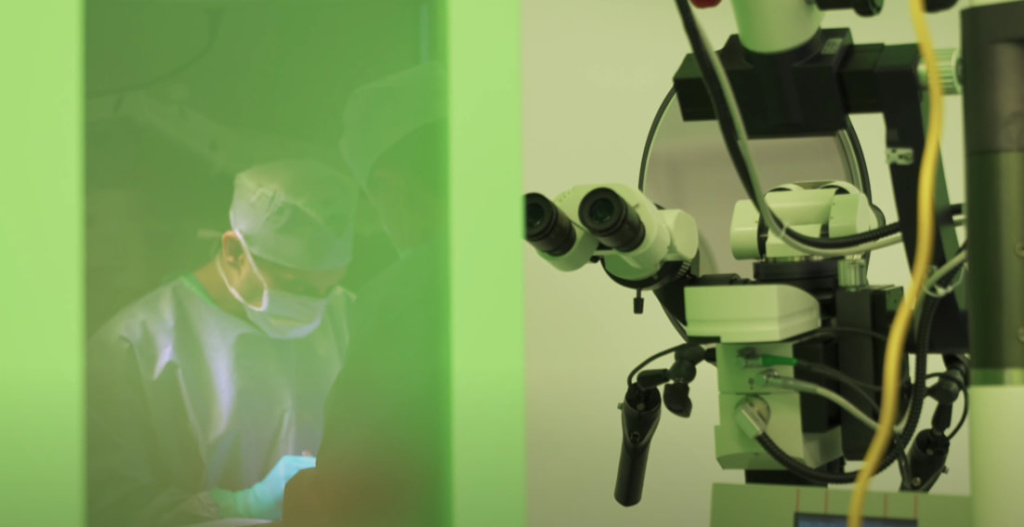
If the pressure in the veins increases, they expand — varicocele. At the same time, testicular function suffers: the concentration of spermatozoa decreases, their mobility decreases, and the number of pathological forms of spermatozoa increases. All this contributes to the development of infertility.
The vein of the left testicle flows into the left renal vein at a right angle, which creates unfavorable conditions for blood outflow. Therefore, most often (in 80-98% of patients) varicocele develops on the left. Since the right testicular vein flows into the inferior vena cava at an acute angle, the risk of varicocele on this side is lower — the disorder develops only in 2.3–8.3% of cases. Sometimes the pathology is bilateral.
Symptoms
Quite often, the disease develops asymptomatically and is detected only by a specialized examination. In other cases, varicocele manifests itself with symptoms such as:

- Soreness. Patients complain of pain, heaviness, or discomfort in the scrotum. Most often, discomfort appears in the evening, after prolonged static exertion, for example, if a man stands for a long time. In the horizontal position, the pain goes away.
- A node in the scrotum. If the dilated veins are large enough, they can deform the contour of the scrotum and cause it to enlarge.
- Testicles of various sizes. The affected testicle may be significantly smaller than the second one.
- Infertility. This condition does not necessarily accompany varicocele, as some patients with varicose veins retain fertility.
Reasons
Doctors do not yet have a unified view on the causes of the disease. There are such factors as:
- Individual characteristics of the body (for primary varicocele). Congenital pathologies are possible, for example, weakness of the venous wall, absence of venous valves, connective tissue dysplasia, etc. Renal or iliac venous hypertension. Secondary varicocele develops as a result of increased pressure in other veins, for example, with stenosis, thrombosis, and kidney pathologies.
- Pathologies of the reproductive system, abdominal cavity, retroperitoneal space, etc. Secondary varicocele occurs as a reaction to another disease: inguinal or inguinal-scrotal hernias, neoplasms, pelvic inflammatory processes, etc.
Diagnostics
A preliminary diagnosis is usually made by a urologist or an andrologist at the first appointment based on the results of examination and palpation. To clarify the diagnosis, УЗИ and scrotal dopplerography. These examinations make it possible to identify even subclinical varicocele, the symptoms of which cannot be detected by palpation. Ultrasound determines the expansion of a vein, a change in the direction of blood flow, a decrease in the volume of the testicle affected by pathology, etc.
Treatment methods
Varicocele can be eliminated only surgically. The operation is indicated for pain, testicular shrinkage, male infertility. Several surgical intervention methods have been developed and are being used:
- The technique of the Ivanissevich-Palomo operation. Surgical intervention is performed through access to the retroperitoneal region. The doctor makes an incision in the iliac region 5-7cm long, bandages and crosses the affected vessel. The operation is highly traumatic, has a high risk of complications and relapses, and has a long rehabilitation period.
- Laparoscopic ligation. The operation is performed under the control of an endoscope through small incisions on the anterior surface of the abdomen. This treatment method does not leave noticeable scars and is better tolerated by patients, the risk of hydrocele and severe complications is lower, but still present. In the EMC Medical Center, this operation is performed according to narrow indications, as a rule, with recurrent varicocele and after performing appropriate venous vessel examinations.
- Marmara surgery (microsurgical varicocelectomy). This operation requires special qualifications and extensive experience of the surgeon, as well as the availability of high-quality equipment (surgical microscope), but it is considered the gold standard of varicocele treatment. The doctors of our urology department prefer this particular treatment technology. During the procedure, the doctor makes a miniature incision in the groin area (no more than 2 cm), isolates the spermatic cord and its elements, and then individually ligates the varicose veins. The risk of recurrence during such an operation does not exceed 1%, and the risk of complications is 0.4%. The operation lasts no more than 30 minutes and is performed under local anesthesia.
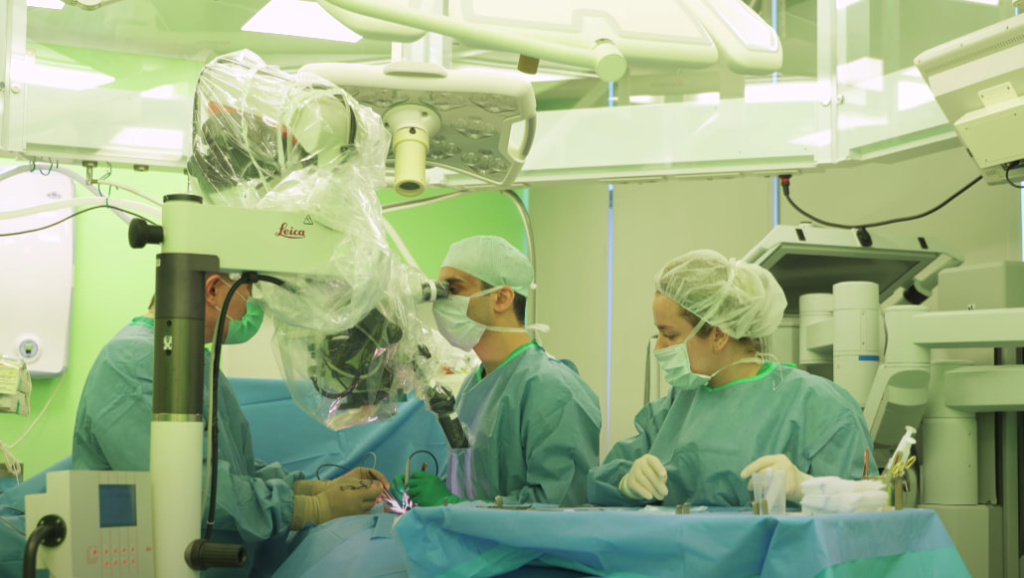
Frequently Asked Questions
Is it possible to have children after varicocele surgery?
After the elimination of varicose veins, in most cases (40-60%), it is possible to achieve an improvement in spermatogenesis parameters, regardless of the age of the patients. This eliminates one of the factors of male infertility and increases the likelihood of conception.
What are the limitations after surgery?
With a high-quality microsurgical operation performed using the Marmara technique, the patient returns to his usual rhythm of life within a few hours after the procedure is completed, and a full recovery is completed in 2-3 days. Restrictions are imposed only on heavy physical activity, exercise, and sexual activity. After laparotomy surgery according to Ivanissevich, the patient is prescribed bed rest for 3-5 days, and a stay in the hospital can take up to two weeks.
What happens to the testicle after surgery for varicocele?
In the first days after surgery, there is a temporary deterioration in blood flow, lymphatic drainage and microcirculation in the testicle due to a restructuring of venous outflow, as well as edema after surgery. As a result, testicular sensitivity may be felt. Approximately 2-3 weeks after the treatment, blood flow is restored, and by the end of the first month after surgery, it significantly exceeds the baseline level, which improves testicular function.
At what age is it better to have surgery for varicocele?
Surgery to eliminate varicose veins is possible in patients of any age. However, there is currently no scientific consensus on the treatment of pathologies identified in children and adolescents. If the testicle is slightly reduced in volume, many urologists recommend using a wait-and-see approach and postponing surgery until the age of 18 or obtaining a reliable semen analysis that will show decreased fertility.
Highly qualified doctors at the EMC Urology Clinic perform safe and effective surgical treatment of varicocele with minimal risk of complications and recurrence. The success of the operation is guaranteed by the surgeons' long-term experience and the use of high-end equipment, including the latest generation surgical microscope. You can make an appointment for a consultation by calling +7 495 933-66-55. < /p>
Why the EMC
The first and only clinic in Russia, created in the image of the world's leading clinics
EMC is a multidisciplinary center offering patients a high level of medical services and a personalized approach
Worldwide recognition and awards
 Learn more
Learn more
Worldwide recognition and awards
 Certificates and licenses
Certificates and licenses
Make an appointment for a consultation
Specify your contacts and we will contact you to clarify the details
Reviews
and new products of the EMC

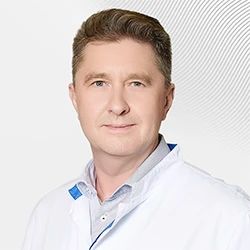
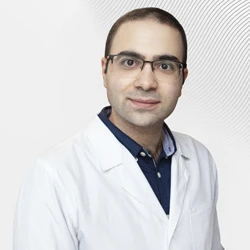
.webp)
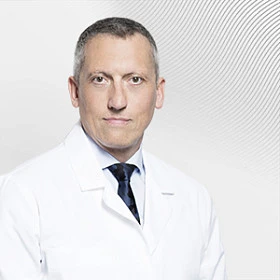
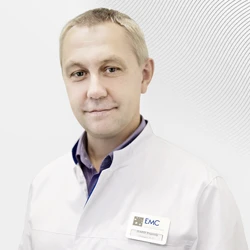
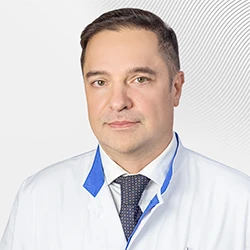
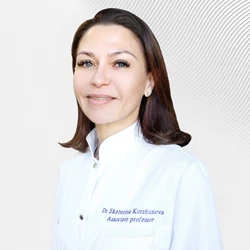
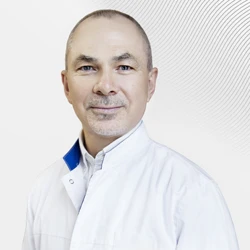
.webp)
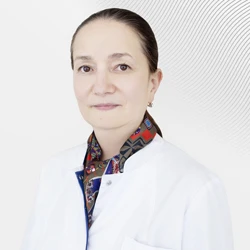
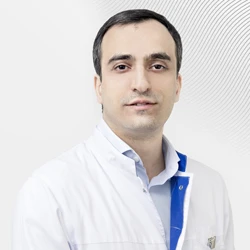
.webp)
